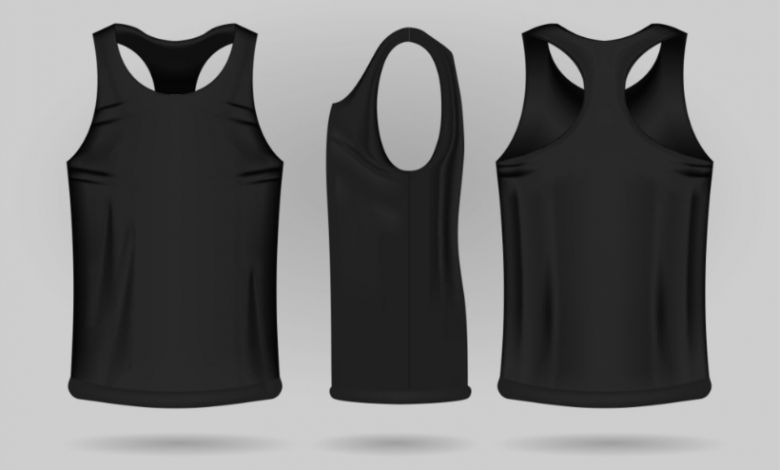Features
Direct-to-Garment Printing on Dark Polyester
Follow these six steps to overcome the challenges of printing on poly

Printing on poly is challenging because it tends to wick inks away rather than absorb them, often creating a chalky mess of the white underbase and faded colors in the CMYK layer. Fortunately, this can be overcome with a little practice and by following these six steps.
- Pretreat twice. The first time, use about 25% of your standard pretreatment amount. Cure at 335 F using no pressure in 15-second intervals until dry. When the garment has cooled, pretreat again using the usual amount of pretreatment. Cure once more at 335 F using no pressure in 15-second intervals until dry.
- Place a piece of tearaway backing or similar material inside the shirt under the area to be printed.
- In the RIP software, set the white to no higher than 50% coverage and set the resolution to 1,440X720. You may also need to increase the choke setting on the white to prevent bleeding.
- Set the white underbase for two passes. The goal is good coverage without being oversaturated. Allow at least 30 seconds between each underbase laydown.
- Set the color layer to 720X720 resolution. Repeat once if necessary, for more vibrant color and coverage without being oversaturated. Allow at least 30 seconds between passes.
- Cure using a hover heat press. Do not apply pressure. Pressure and heat will cause the polyester’s dye to bleed through the ink. Hover for 30 to 45 seconds, then press for 15 to 20 seconds using zero pressure. You may also achieve good results using a flash dryer or tunnel dryer.
Bright-colored shirts may show slight discoloration, but it should be very minimal. If you see substantial discoloration, check your heat press’ calibration and/or try a different brand of pretreatment.



